#southeast asian women
Text
Women as Change Agents: Transforming Southeast Asia’s War Zones Through Peace-building
by Emancip8 Project

The crucial role women play in conflict resolution and peace-building processes cannot be overstated. Southeast Asia, a region that has witnessed numerous armed conflicts and insurgencies, offers a rich context for understanding the impact of women’s participation in peace-building initiatives. This article examines the transformative potential of women’s involvement in peace-building activities in Southeast Asia, focusing on the ways in which they challenge traditional gender norms and contribute to sustainable peace in war-torn communities.
Southeast Asia has a long history of conflict, with many communities affected by violence and instability (Galtung, 2010). Women in this region have often borne the brunt of these conflicts, experiencing sexual violence, displacement, and loss of family members. Despite these challenges, women have increasingly taken on vital roles in peace-building efforts (Elias, 2015).
Research has shown that the inclusion of women in peace processes leads to more durable and sustainable outcomes (O’Reilly, Suilleabhain, & Paffenholz, 2015). By incorporating diverse perspectives, women contribute to more comprehensive and inclusive solutions, addressing the needs of all affected populations. In Southeast Asia, women have been instrumental in grassroots peace-building activities, mediation efforts, and the implementation of peace agreements.
In the Philippines, for example, women’s organizations have played a pivotal role in promoting peace and stability in the Mindanao region, which has experienced decades of conflict between the government and various armed groups (Santos, 2014). Women’s peace-building initiatives in Mindanao have addressed issues such as poverty, education, health, and human rights, fostering a sense of community and resilience.
Furthermore, women’s involvement in peace-building efforts challenges traditional gender norms that often perpetuate violence and inequality. By taking on leadership roles and advocating for change, women redefine notions of power and influence, promoting more equitable societies (Hudson, 2013). The increased visibility and representation of women in peace-building initiatives also encourage other women to become active agents of change, contributing to a virtuous cycle of empowerment and transformation.
However, women in Southeast Asia continue to face significant obstacles in their efforts to contribute to peace-building processes. Discriminatory cultural norms, limited access to resources, and marginalization within decision-making structures hinder women’s full participation in these efforts (Castillejo, 2011). To maximize the potential of women’s involvement in peace-building, it is essential to address these systemic barriers and promote gender equality across all facets of society.
In conclusion, women in Southeast Asia are key drivers of change in conflict-affected communities, playing a critical role in the pursuit of sustainable peace. By challenging traditional gender norms and advocating for more inclusive and equitable societies, women contribute to the transformation of war zones and the promotion of lasting peace in the region.
References:
Castillejo, C. (2011). Building a State that Works for Women: Integrating Gender into Post-conflict State Building. Working Paper 107. Madrid: FRIDE.
Elias, J. (2015). Women, gender and everyday social transformation in Southeast Asia. Asian Studies Review, 39(4), 527–543.
Galtung, J. (2010). A Structural Theory of Imperialism. In A. G. Kebriaei (Ed.), Conflict Transformation: Essays on Methods of Nonviolence (pp. 37–58). Jefferson, NC: McFarland.
Hudson, V. M. (2013). The heart of the matter: The security of women and the security of states. International Security, 33(3), 7–45.
O’Reilly, M., Suilleabhain, A. Ó., & Paffenholz, T. (2015). Reimagining peacemaking: Women’s roles in peace processes. International Peace Institute. Sourced from https://www.ipinst.org/wp-content/uploads/2015/06/IPI-E-pub-Reimagining-Peacemaking.pdf
Santos, S. M. (2014). Women and peace-building in Mindanao: The role of civil society in transitional justice. Journal of Peacebuilding & Development, 9(1), 74–88.
Read more at Emancip8 Project.
#challenging traditional gender norms#role of women in conflict resolution#women's involvement in peace-building efforts#Emancip8 Project#Southeast Asian women
0 notes
Text

#ชุดไทย#chut thai#ชุดไทยพระราชนิยม#chut thai phra ratcha niyom#ชุดไทยจักรพรรดิ#Chut Thai Chakkraphat#thailand#thai fashion#thai folk#thai costume#thai culture#thai outfit#thai attire#southeast asia#women's fashion#woman fashion#asian#asia#asian folk costume#asian folk#asian fashion#asian outfit#asian attire#asian costume#asian culture
226 notes
·
View notes
Text



MUNDANE HISTORY (2009) dir. Anocha Suwichakornpong
#mundane history#anocha Suwichakornpong#worldcinemaedit#filmgifs#women directors#southeast asian cinema#space#thai movie#thaimovieedit#เจ้านกกระจอก#ellisgifs#queue
67 notes
·
View notes
Text

I try to be kind to everyone I meet, including rude people. Because you never know what kind of pain they may be going through.
#justynabacajan#cebuana#cebu philippines#philippines#justyn abacajan#justyn#pretty pinay#pinaybeauty#pinay#sexy pinay#asianbeauty#filipina#beautiful women#justynunleashed#morena#morenabeauty#morenabeauties#women of color#hot pinay#southeast asia#visayas#asian woman#faith in jesus
57 notes
·
View notes
Text


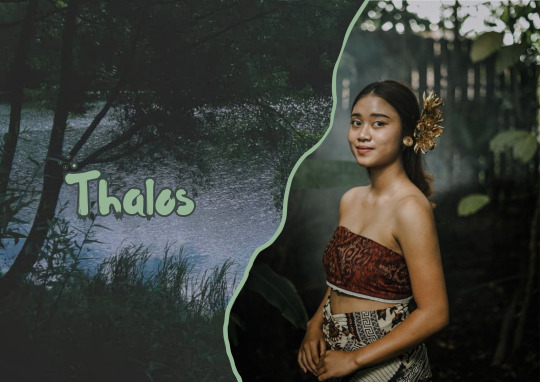
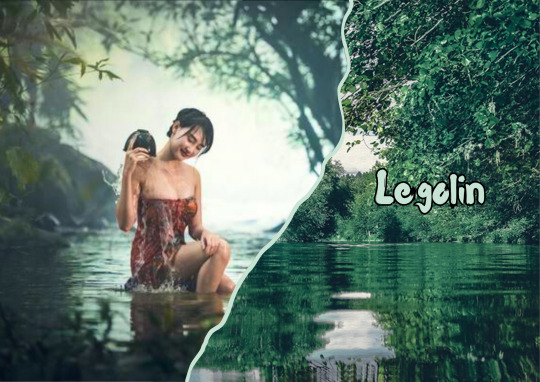


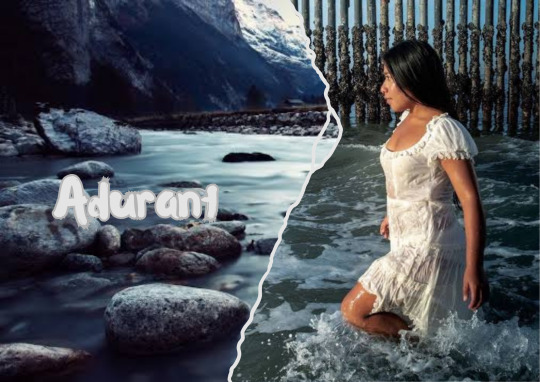
Rivers of Ossiriand
For day 2 of @tolkienofcolourweek
Part 22 of toi's indigenous tolkien series
[Image description: seven panels, all except the first panel are divided by a line shaped like the river
1. a hualapai woman standing in a river. on left is white lilies and text = Gelion
2. a black woman sitting on a rock in water. on right is a river between rocks, text = Ascar
3. young southeast asian woman. on left is a tree and river, text = Thalos
4. a southeast asian woman washing herself in a stream. on right is water under trees, text = Legolin
5. a black woman in a white dress underwater. on left is blue water, text = Brilthor
6. tajik woman with black braids. on right are white water flowers, text = Duilwen
7. brown latina woman wading in water. on left is a river in mountains, text = Adurant]
#rivers of ossiriand#silmarillion#tolkien women of colour#indigenous americas tolkien#black tolkien#southeast asian tolkien#central asian tolkien#latam + caribbean tolkien#moodboards and edits#toi's indigenous tolkien series#toi's creations#tocweek2023#usertilions#userindomiel#tuserosie#userlyndeth#(no pressure to reblog)
66 notes
·
View notes
Text
i actually didn't expect there's so many jayroses on tumblr omfg? finally my people.
anyway, still though let's be real. if rose was a white person (white man) this ship would've been more popular lmao ppl just don't like if their favorite male characters have canon female (character of color) love interests who are equally if not more powerful.
#coincidentally all of “villain” female love interests of dc superheroes are woc#mainly asian women#from talia al ghul#to jade nguyen#to rose wilson#wow#the fact that latter two are southeast female characters make me protective lol like those are my people#people whined about wanting morally grey or even villainous female characters#but they already have it#THEM#and they're treated like shits by their male love interest fandoms#but anyway!#jayrose#jason todd#rose wilson#but also#rant post#wallyslinda rants
32 notes
·
View notes
Text
Prateep Ungsongtham Hata
youtube
Prateep Ungsongtham Hata was born in 1952 in Bangkok, Thailand. Born to an impoverished family on the slums of Bangkok, Hata worked from a young age and had to drop out of school at the age of ten. When she was 16, she started her own school, where she taught reading, writing, and basic math in a single room in her family home. After just a month, there were 60 students. With both public and private support, Hata built the Pattana Village Community School, which grew to enroll over 600 children in grades one through six. In 1978, she won the Ramon Magsaysay Award, and used the prize money to establish the Duang Prateep Foundation. The foundation has supported a variety of programs for the inhabitants of slums, including special education for the hard of hearing, an AIDS project, and a lunch and nutrition program. The foundation also worked on COVID-19 relief in Thailand. In 2004, Hata won the World Children's Prize. In 2021, she received the Order of the Rising Sun from the Japanese government.
#thailand#thai#bangkok#extraordinary women#charity#charity work#philanthropy#antipoverty#activism#humanitarian work#southeast asia#asia#asian#Youtube
7 notes
·
View notes
Text
🇲🇲 The long cheroot that she holds is a typical attribute in studio portraits of Burmese women, whose habit of smoking large cigars was noted with some astonishment by European visitors, who also commented on their relative freedom, beauty and confidence.

The girl wears a striped silk hta-mein (wrap-around skirt) and a close-fitting jacket of fine muslin or cotton known as an ein-gyi. Her hair is adorned with a floral headband and she wears necklaces and earrings.
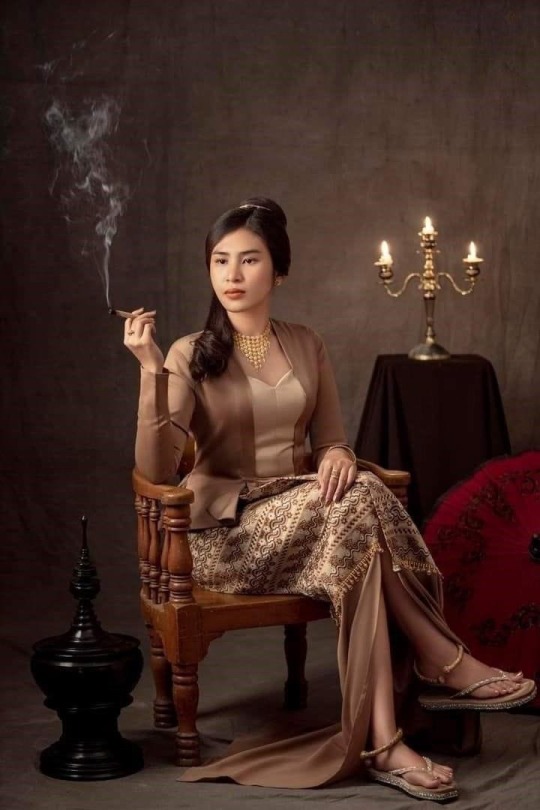
During the Konbaung Dynasty (1752-1885), rich jewellery, fine fabrics such as silk and garments such as her jacket were reserved for court officials and their wives by sumptuary laws.
x

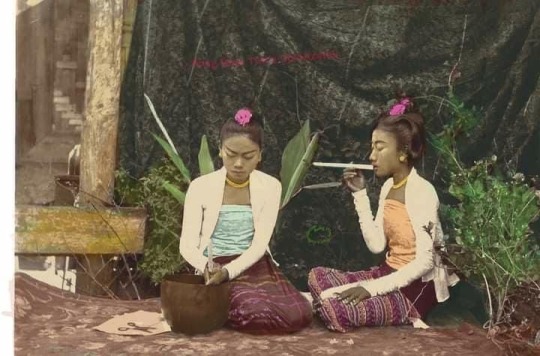



#Burmese#burma#myanmar#se asia#cheroot#cigar#htamein#history#Asian women#smoking#Southeast Asia#historical#vintage photography#ASEAN
46 notes
·
View notes
Text

bops 🤝 me
affection for australia bc it’s close enough to asia that it kinda counts
13 notes
·
View notes
Text
"historically polygamous societies loved to wage war and slavery to dispose of excess men and emphasize female conversion" okay all those things are true of monogamous societies too. Western Europeans are famously probably the best at war and slavery from the current standpoint and they're monogamous. And from the way you wrote that I can tell you were thinking of the middle east so what the fuck
#cipher talk#Many east and southeast Asian cultures are accepting of polygamy. They also don't really emphasize conversion AFAIK most of the time#So you're probably thinking of West Asia. And weaponizing my peoples trauma to make a stupid point#Because you don't actually care enough to research marital norms and how they impact human trafficking and genocide#And don't have the brains to understand thar the norms of a fundie community cannot extrapolate into a whole civilization#With no nuance cuz it'll collapse#Most Muslim men in history have had one wife. Because you can only have as many wives as you can afford to support#After that the common number is 2#Fundamentalist American polygamists often have FIVE TO TEN.#It's a completely different ratio with different social pressures#This is also ignoring that some sons in a whole society are not expected to have kids and have free avenues to not have kids#Instead of a cult where the choice is made for you#It's not a good situation. It's still heteropatriachy and there was indeed slavery. But it's not as extreme as fundies are in the US#Simply because discarding a significant portion of your male children by abandoning them or killing them isn't sustainable#And like. Monogamous societies do the same thing with how marital expectations intersect with genocide#Women are targeted in both instances because of their reproductive capacity and forced to assimilate/convert#To kill the culture in their generation and the next via marriage to the one targeting#A massive part of American history is doing this#And I don't mean just the US I mean both continents
6 notes
·
View notes
Text
Introductions!

Namaste wonderful souls, families, nature lovers, and dear readers. My name is Somaly. I am from Cambodia. I live in Australia. I value education, personal aspirations, and self-developments. I have enjoyed learning different aspects in my life.
I love to share my experiences, memories, and learning new ways to be creative. I have been working in the education sector almost 15 years. I love growing plants, lifestyle to be self-sustainable and the simple life. I love flowers and animals especially wild birds. Yoga, crystals, and spiritual things also mean to me.
Icie teaches me English, music, art, beauty.
Now, I work on building my own personal brand and expend my passions on creativities. I love to create more flexible and freedom lifestyle in future. You can find me on Facebook Page: (So&Jo better lifestyle, So&Jo Fairy Garden, and So&Jo Khmer-Australia life), YouTube (So&Jo better lifestyle, So&Jo Fairy Garden, and So&Jo Khmer-Australia life), and Blog(So&Jo Khmer-Australia life, and Yin and Yang lifestyle). If you would like to get to know about me, here is my personal blog address: soandjostories.blogspot.com

Kumusta friends! I’m Icie, originally from the Philippines but moved to Australia a long time ago. I value my love of anything that can be done indoors, education (particularly self-studying) and self-development.
I love to share and talk about the things that I love: anime, games (video, board, card, word), binge watching, movies food, art, events, music, languages, fashion, reading, writing stories and trying out new things. I am they/them, atheist (but maybe I love paganism) and have ADD. Plants and animals tether me especially cats, so does Kundalini Yoga.
Now, I am working on staying still at my current job because I have been so many things and I haven’t settled down: call-centre agent, copy writer, professional artisan baker, librarian and now kindy teacher. I don’t have a brand, but I want to help Somaly expand hers.
Somaly teaches me about gardening, mindfulness, sustainability and getting out of my house.
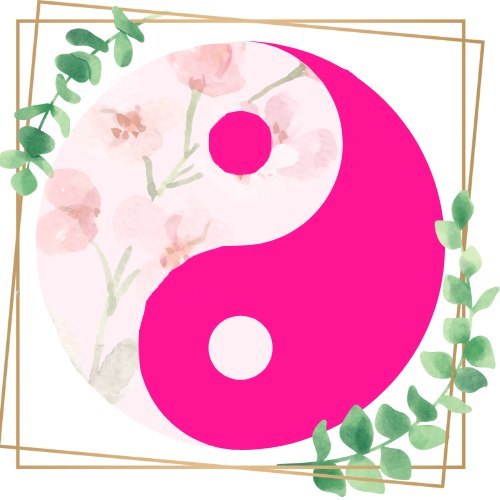
We created Yin and Yang lifestyle in 2024 because it benefits our lives. It’s about enjoying everything around you, be it geared towards feminine things or masculine things. Mindfulness is our main focus and we would like to share our journey to people who are willing to stop, look, and listen. And if you like our journey, we hope it benefits you.
This is our logo because we talk about the yin and yang philosophy. We are (technically) both women and this logo represents our personalities: sometimes, one of us is more feminine than the other and the other one is more masculine and that’s ok. Yin and Yang is in everyone and we spend time together despite our differences. This made us better people as we work together, always aspiring towards the same goal.
Thank you for being part of our community. Thanks for the likes, comments, share, reblog, and follows!
#friends#friendship#intro post#introduction#blog intro#inspiration#get to know us#women#yin yang#lifestyle#they/them#she/her#hobby#pretzel#amethyst#short hair#long hair#australia#cambodian#filipina#asian#southeast asian#girly#tomboy
2 notes
·
View notes
Text
asian women who have dark skin are sooo beautiful bro ... if a siren took form of a dark-skinned asian woman i'm afraid my time would come to an end ...
#it's like aphrodite handcrafted them herself#particularly southeast / south asian women like woah <3 you guys are gorg#i'm southeast asian myself but i'm on the barely-tan side </3
18 notes
·
View notes
Text
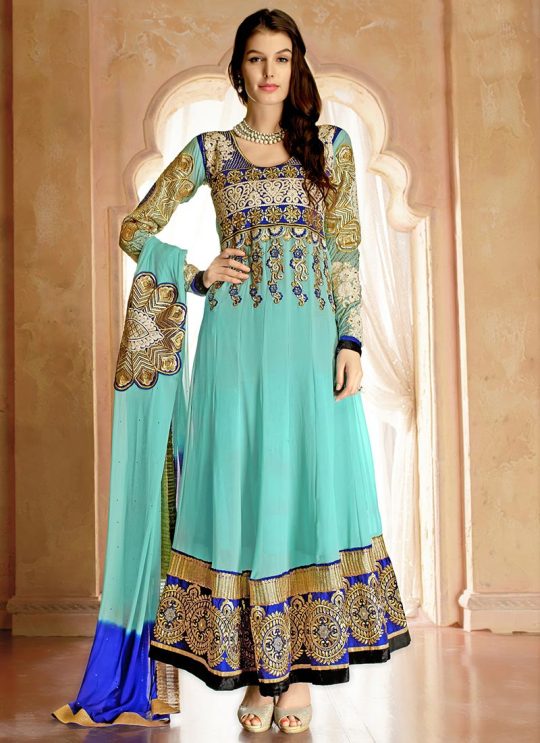
#Salwar Kamiz#شلوار قمیض#india#indian#indian fashion#indian folk#indian outfit#indian attire#indian costume#indian culture#asia#asian#asian folk costume#southeast asia#south asia#woman fashion#women's fashion#asian folk#asian fashion#asian costume#asian culture#asian outfit#asian attire
142 notes
·
View notes
Text
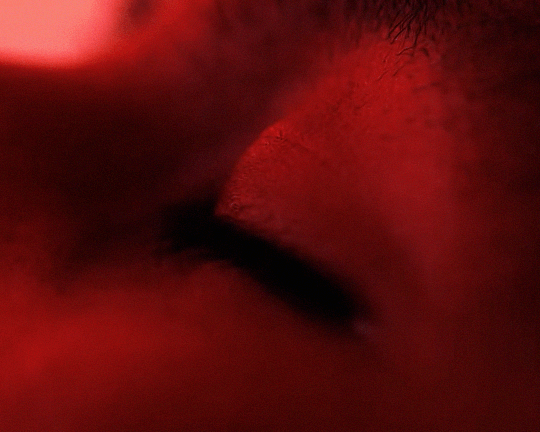
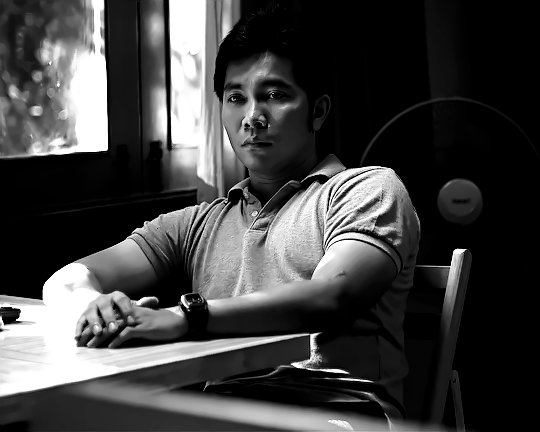
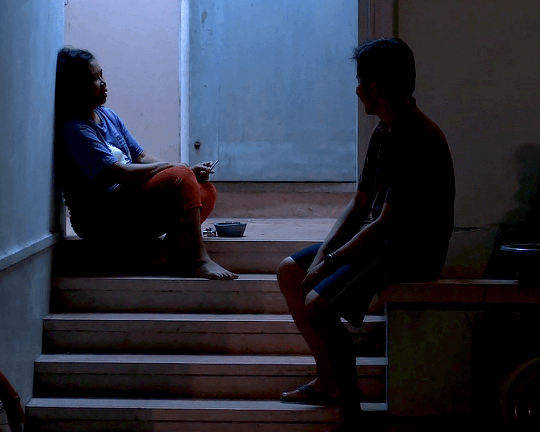
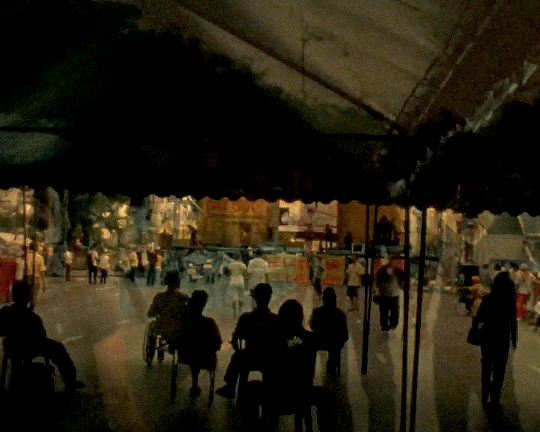


“Is it possible for us to live without a past?”
FAVOURITE THAI FILM(S) PER YEAR • 2009
↳ MUNDANE HISTORY | เจ้านกกระจอก (2009) dir. Anocha Suwichakornpong
#mundane history#anocha Suwichakornpong#worldcinemaedit#filmauteur#filmgifs#women directors#southeast asian cinema#thai movie#thaimovieedit#favouritethaifilms#เจ้านกกระจอก#fofm#myfilmgallery#ellisgifs#one of the few directors who actually deserves the weerasethakul comparisons#but also i think those comparisons do her a disservice because she very much has her own style and themes#anyway the final scene of this film literally takes my breath away#confused tf out of me the first time i saw it 😭 but it’s definitely one of my favourite final scenes of all time#would have giffed it but uhhhh idk about the medical ethics of doing that#queue
43 notes
·
View notes
Photo

Queens of Thailand - 6 Coloring Pages + 1 PNG Clipart of a Queen in Traditional Royal Thai Attire Perfect for DIY Wall Art Projects
*Coloring Pages: 8.5" x 11”
*6 beautiful images
*Perfect for coloring pencils graphite pencils, light markers, limited watercolors, and crayons
*All coloring pages are already framed and ready to be displayed post-coloring
*Watermarks are not included in PDF or PNG file
Unleash your creativity with the "Queens of Thailand" mini digital coloring book! This collection features 6 unique pages showcasing beautiful Queens in traditional ceremonial Thai attire. Each page is meticulously outlined, perfect for framing once completed. Download your PDF format coloring pages, sized at 8.5 x 11 inches, and enjoy a bonus PNG file of a highly detailed illustration for color references. Immerse yourself in the intricate designs and vibrant culture of Thailand as you bring these regal figures to life. Perfect for art enthusiasts of all ages, these pages promise hours of coloring enjoyment and stunning results. Get your "Queens of Thailand" coloring book today and create your own masterpieces!
_________________________________
DOWNLOAD INSTRUCTIONS
PLEASE NOTE - ***NO SHIPPING, DOWNLOAD INSTANTLY, JUST PRINT AND HANG!
TO BUY AND DOWNLOAD A DIGITAL ITEM:
1. Add the item to your shopping cart.
2. Click on the "Complete" button.
3. Go to the checkout page and proceed with the payment process.
4. Once the payment is successful, the item will be available for immediate download in your Etsy account. You can download the files by going to your Etsy Profile > Purchases and Reviews.
If you purchased as a 'guest', you will receive an email from Etsy containing the download links. If you cannot find the email in your inbox, please check your spam/junk folders, or social/promotions tabs if using Gmail.
5. Download the item and print it out as you prefer and frame it or use it as per your desire.
REFUNDS:
As digital downloads are non-refundable, please don't hesitate to contact me for any inquiries before making your purchase. If you experience any problems downloading your files after the purchase, I will provide assistance to resolve them.
After purchase, you can download the files by going to your Etsy Profile > Purchases and Reviews.
If you purchased as a 'guest', you will receive an email from Etsy containing the download links. If you cannot find the email in your inbox, please check your spam/junk folders, or social/promotions tabs if using Gmail.
_________________________
PRINT INSTRUCTIONS
You can simply print the artwork from your home printer. For best results, however, we recommend using a professional printing service (local or online) such as Staples, Walgreens, UPS Store, Office Depot, Target, Walmart, Poster Jack, Finer Works, Office Works, Vistaprint, Costco, Snapfish, Shutterfly, etc.
Please note that colors may vary subtly depending on monitor calibration settings, printout settings, and material types.
______________
COPYRIGHT
CAIA artwork is for PERSONAL USE only.
DO NOT use our digital art files for reproduction in commercial use or resale in any form. You are NOT permitted to make alterations to our artwork, then use it for commercial purposes, or for resale.
#historical fashion#Thailand Royalty#PDF coloring pages#Southeast Asian Art#Lisa Manoban Art#Minnie Yontararak#Kpop Coloring Pages#AAPI Heritage Month#Thai Royal Family#coloring for women#Miss Thailand Art#Phuket Bangkok Thai#Coloring for Kids#All Ages Everyone
2 notes
·
View notes
Text
Marilou Diaz-Abaya
Marilou Diaz-Abaya was born in 1955 in Quezon City, Philippines. Diaz-Abaya was a director who was part of the Second Golden Age of Philippine Cinema. Her first feature film, Chains, was released in 1980, and she went on to make about 17 more features. Her 1988 film Jose Rizal is considered her masterpiece. Diaz-Abaya won many awards for her work, including the Arts and Culture Prize of the Fukuoka Asian Culture Prize. She also founded a film school, the Marilou Diaz-Abaya Film Institute and Arts Center. In 2022, Diaz-Abaya was posthumously named National Artist for Cinema.
Marilou Diaz-Abaya died in 2012 at the age of 57.
#film#women in film#philippines#filipina#southeast asia#women directors#filipino cinema#cinema#women's history#asian cinema
2 notes
·
View notes